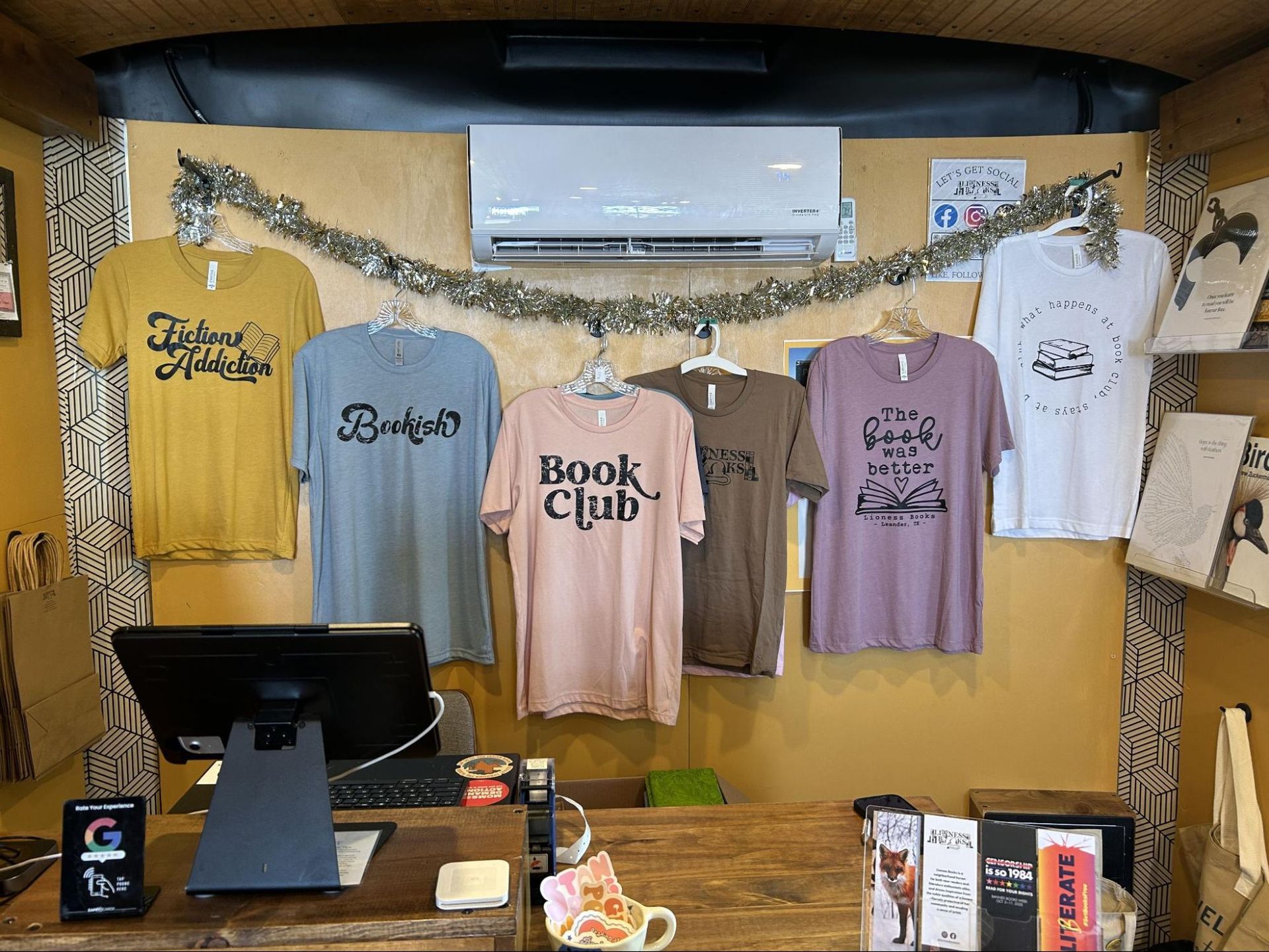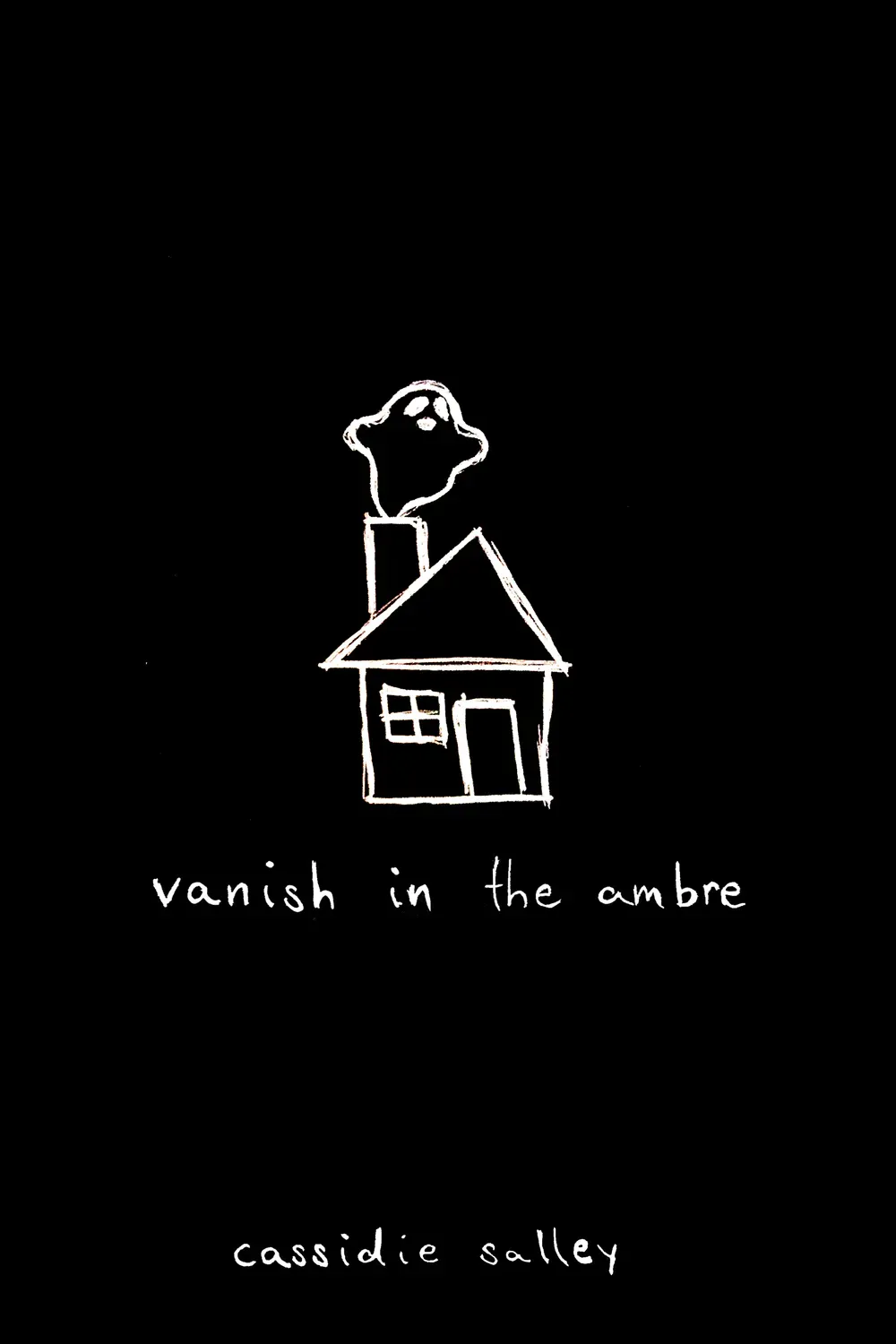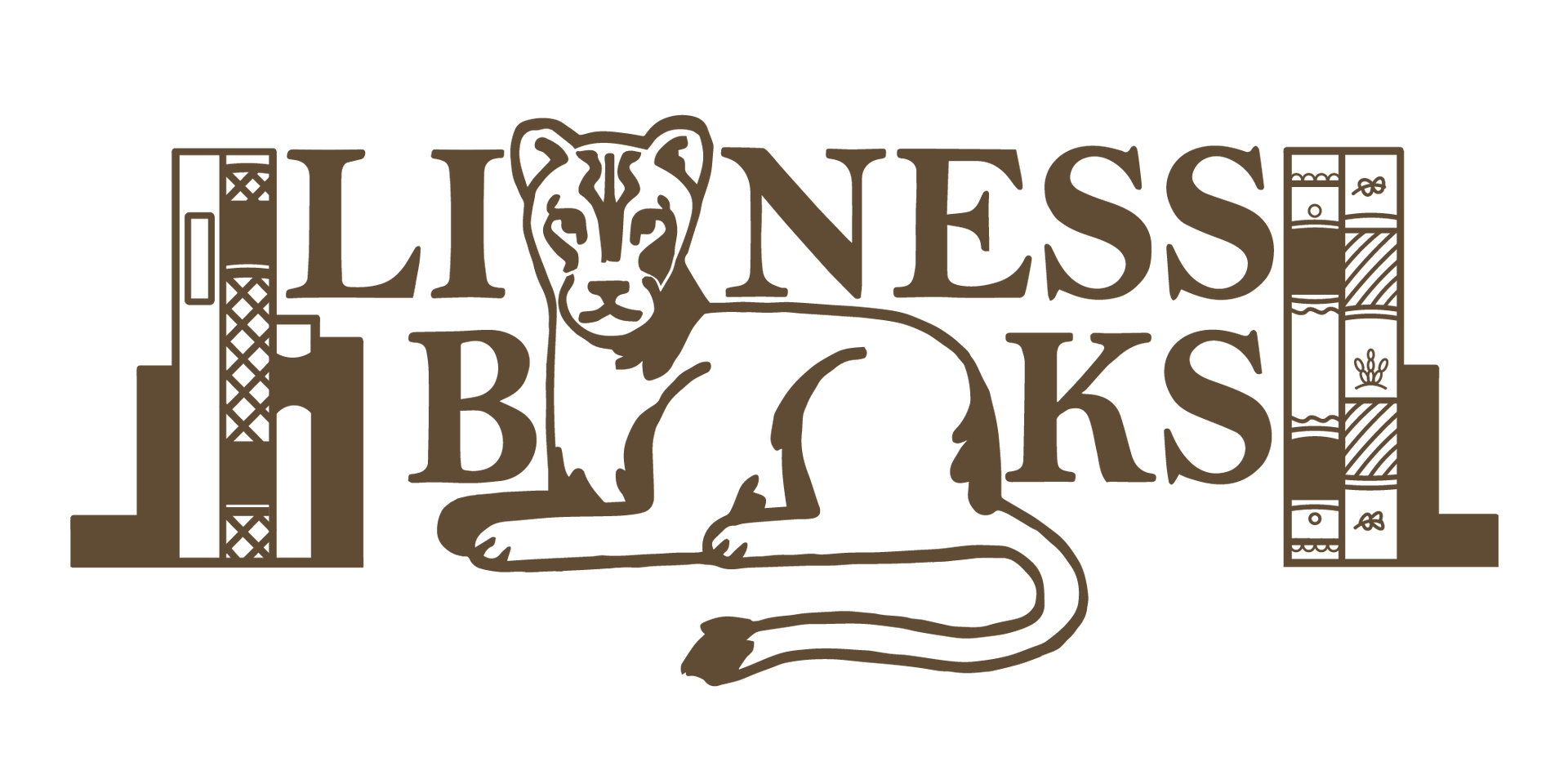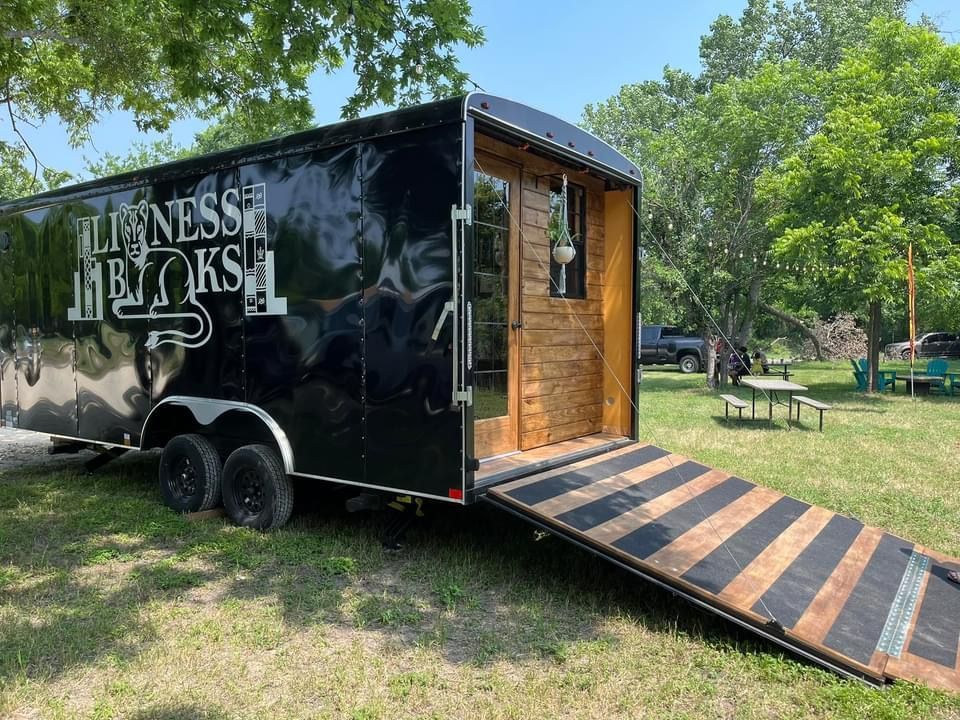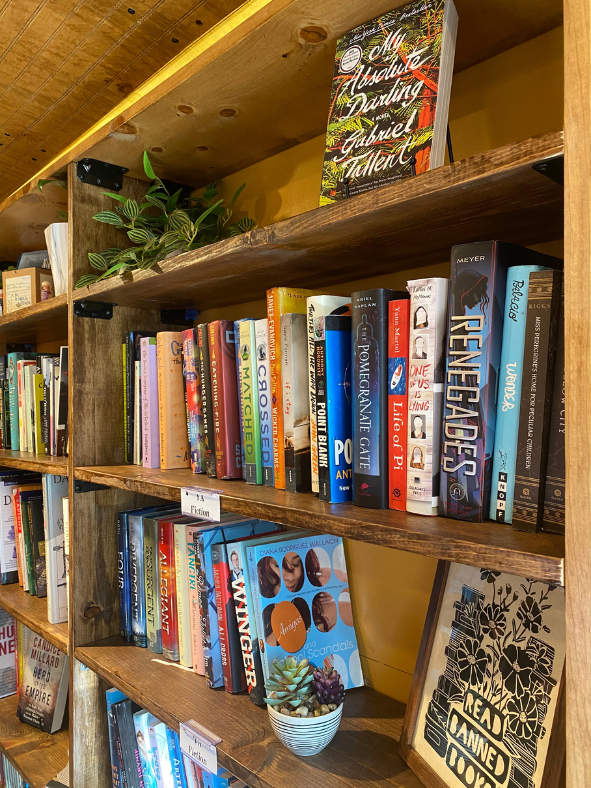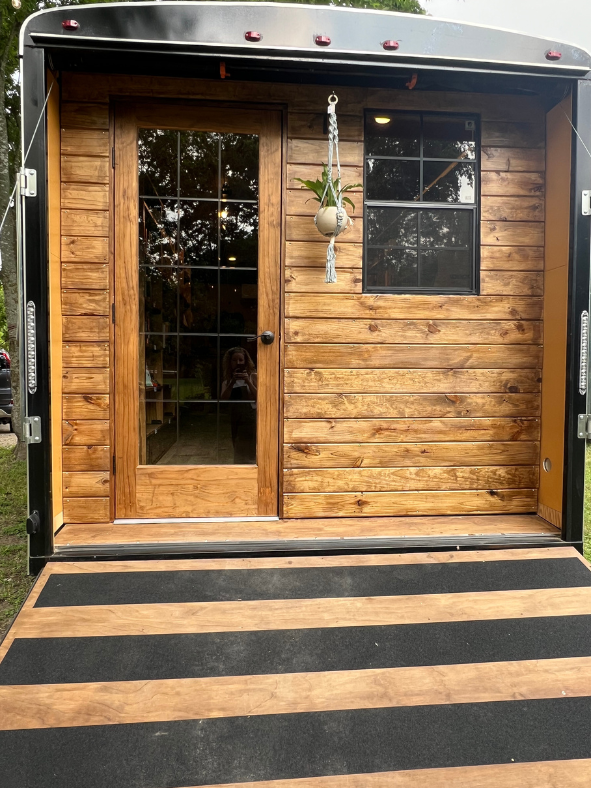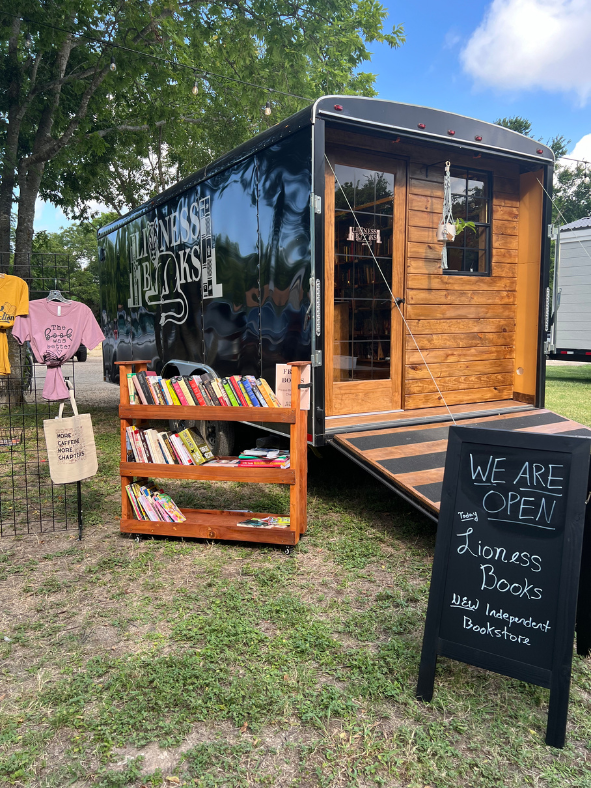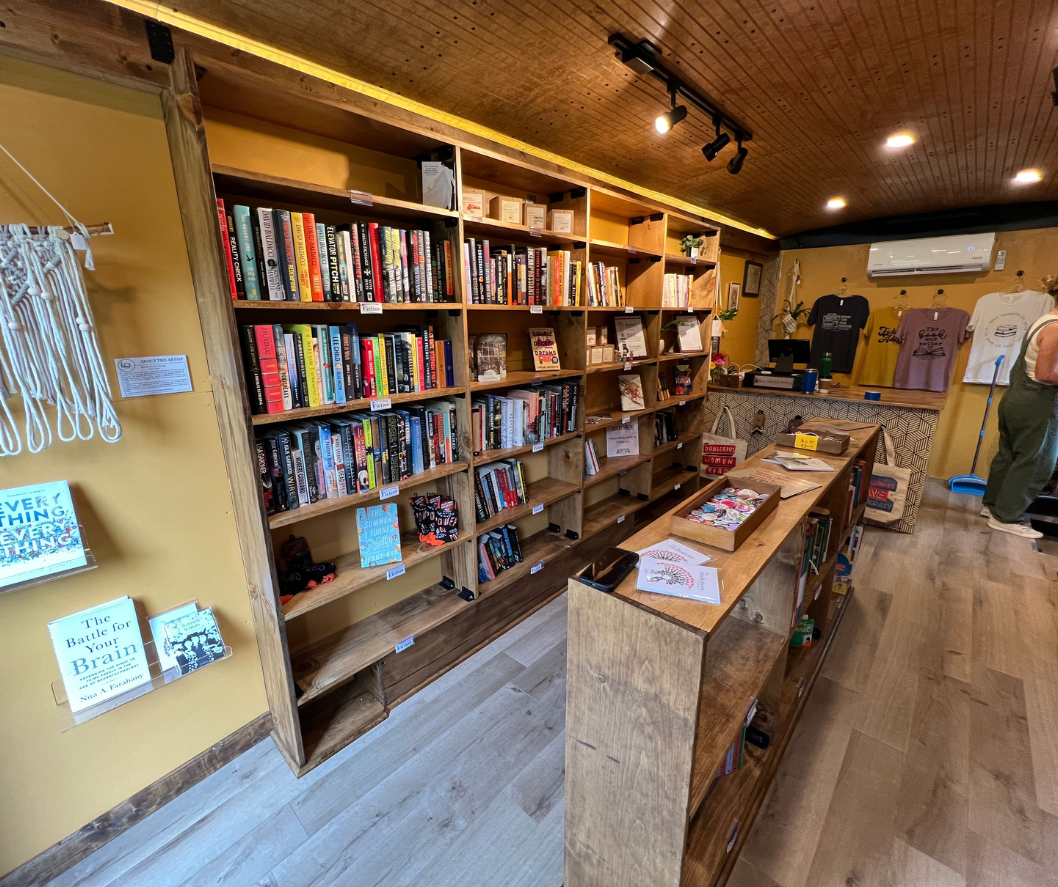Why a Mobile Bookstore?
When deciding to open a mobile bookstore, I considered the many different options available to booksellers. There are so many different ways bookstores can operate these days - from online stores to brick-and-mortar, from new books to used books to audiobooks or ebooks - I had to decide what was most important to me and how it would align with my values as an entrepreneur.
I considered more traditional options but ultimately decided a mobile bookstore would be the best fit for me. A mobile bookstore allows me to take the books directly to the people and find customers in a variety of locations. I also recognize that going to a bookstore is a privilege not available to everyone - it was important to me to be able to remove that barrier for those who do not have access and make literature more accessible for everyone.
Choosing The Right Materials
I wanted to create the feeling of an old bookstore while still being functional in a modern, mobile setting. When one thinks of an antiquarian bookstore or library, wood as a building material comes to mind.
The barrel-shaped ceiling of the trailer was challenging to finish out, so I ended up opting for wooden beadboard panels that would curve and conform to the shape of the trailer. Although difficult to work with, this ended up being my favorite part of the trailer build-out. The interior lights reflect off the lightly stained finish and bring a sense of openness to the trailer, while still having the old-world feel of wood paneling.
The finishing touch was the logo on the outside. Large, impossible to miss, and vibrant in white-on-black - the unique Lioness Books logo jumps out whether The Lair is driving down the road or parked at any location.
I also try to bring in elements that a customer would expect to find in a brick-and-mortar bookstore, such as music, plants, rotating displays, gift items, and educational materials on books and literacy. Providing these familiar elements creates a sense of comfort and intimacy within the store, and customers have remarked on how they instantly feel at-ease and can take their time browsing for the perfect selection.
Final Result
It took about six months to finish out the trailer and get it ready for the grand opening. Regular maintenance is still required, as things move and shift each time the trailer travels to a new location.
